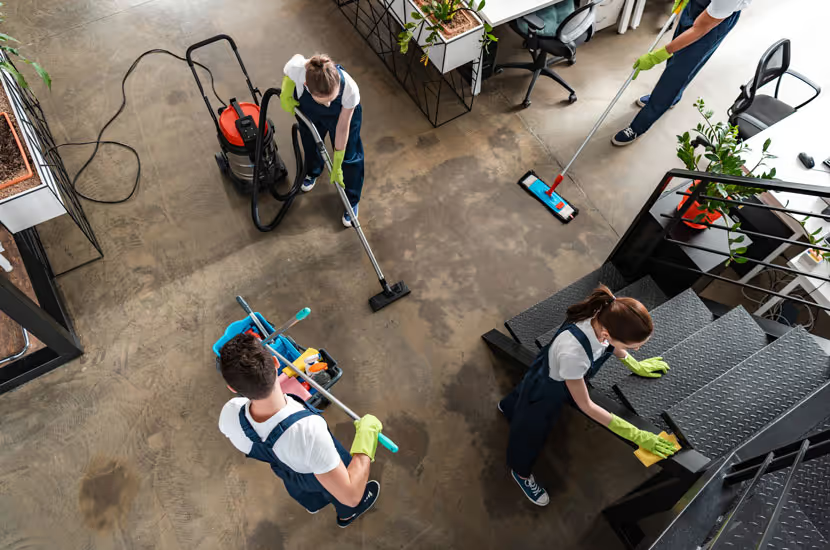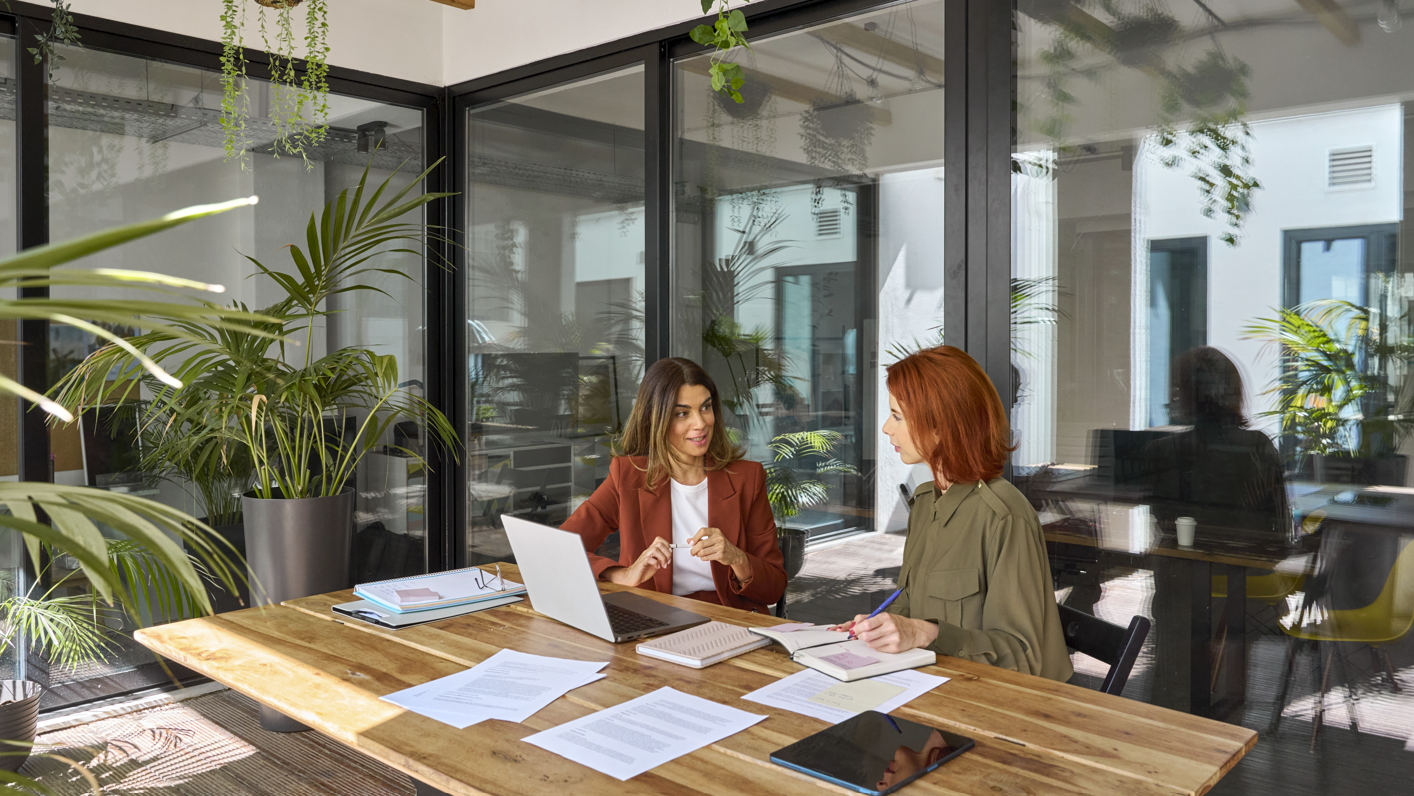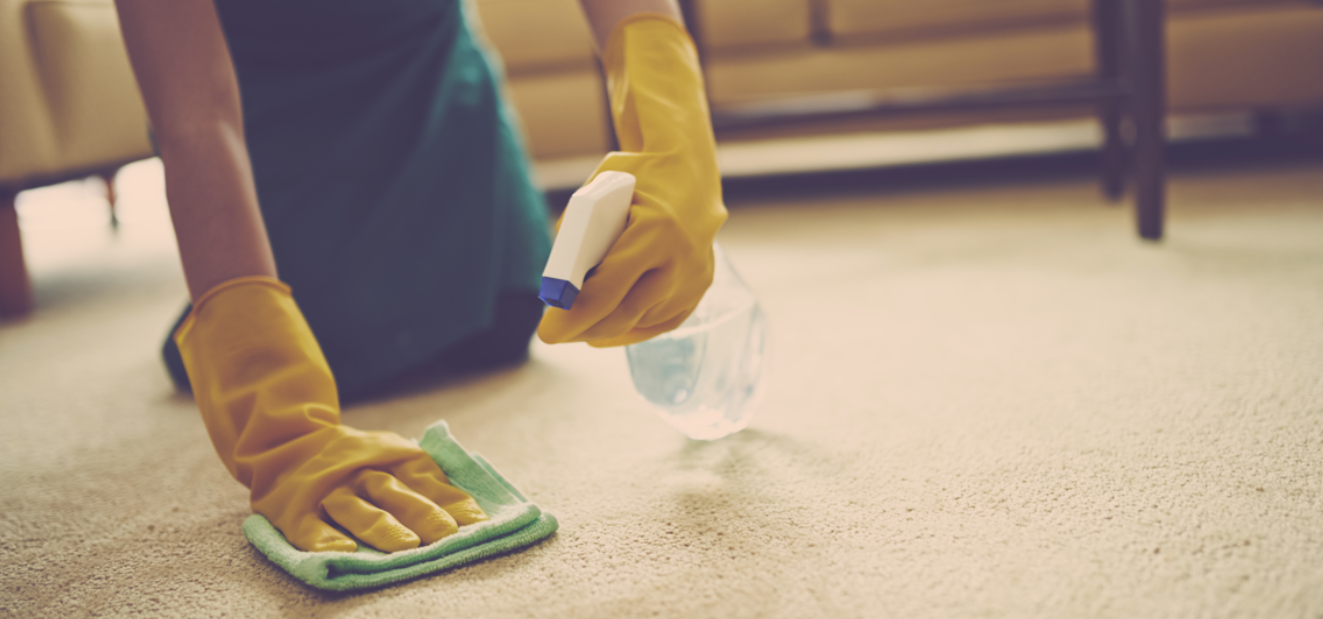Essential tips for health and safety for cleaners

As a professional cleaner, you must know your occupation’s health and safety hazards. There are many different environments in which you may be called to work, both indoors and outdoors, and it is crucial that you are familiar with the risks involved in each setting.As a professional cleaner, you must know your occupation’s health and safety hazards. There are many different environments in which you may be called to work, both indoors and outdoors, and it is crucial that you are familiar with the risks involved in each setting.
Cleaners face many risks while on the job, including slips, trips, and falls; exposure to hazardous materials; and injuries from handling heavy equipment.
Cleaners in the hotel industry experience the highest health inequalities compared to other workers in the industry. In addition to physical and chemical hazards in the workplace, these workers face high psychological stress associated with low control and job insecurity.
Considering the current coronavirus (COVID-19) pandemic and the emerging monkeypox virus, hotel workers, particularly cleaners, are at heightened risk for poor exposure. Cleaners’ safety should be at the forefront of any organisation.

In addition, cleaners often have low occupational skills and belong to less advantaged groups, so it is essential to be aware of the specific dangers that this type of work can pose.
As a result, health and safety for cleaners are essential to protecting these workers and ensuring their well-being. Following these crucial tips for health and safety can help protect yourself while performing your cleaning duties.
Here are essential tips for the health and safety of cleaners:
Safe work practices are the first line of defence against injuries and illnesses in the workplace. These practices should be designed to eliminate or minimise exposure to hazards that can cause injury or illness. When selecting safe work practices, it is vital to consider the risks present in your workplace and the type of work you will be doing.
Use personal protective equipment (PPE)
Cleaners should use Personal Protective Equipment (PPE) such as gloves, masks, and eye protection whenever possible. PPE is most effective when combined with other infection control measures such as proper handwashing and social distancing. In some cases, wearing more than one layer of PPE (e.g., gloves over sleeves) may be necessary to protect against multiple hazards.
Some examples of PPE include the following:
- Masks and face shields
- Respirators
- Gloves
- Fall protection and harnesses
- Full-body suits
- Helmets
- Goggles
- Work boots
Be aware of slips, trips, and falls
Cleaners often use cleaning machinery that requires them to be on their feet for long periods, such as vacuum and floor buffers. Due to their work, cleaners are at risk for slips, trips, and falls. Wet floors, cords, and cluttered work areas can contribute to this hazard. To prevent slips, trips, and falls, cleaners should take the following precautions:
- Wear slip-resistant shoes with good tread.
- Keep floors clean and dry.
- Use caution when walking on wet or slippery surfaces.
- Be aware of potential trip hazards such as cords, rugs, and mats.
- Use caution when carrying heavy loads.

Avoid exposure to hazardous materials
Some common cleaning chemicals can be considered hazardous materials. These products can contain harmful chemicals if inhaled, ingested, or absorbed through the skin and can be potentially very dangerous.
Cleaners in the hospital setting are also at risk for exposure to hazardous materials such as bloodborne pathogens and sharps. These pathogens can include viruses, bacteria, and parasites that can cause severe illness or death.
Some common bloodborne pathogens that cleaners may be exposed to include the following: HIV, HBV, HCV, West Nile Virus, Malaria, Typhoid Fever, Cryptosporidium and Giardia lamblia
To protect yourself from exposure to bloodborne pathogens and hazardous materials, you should take the following precautions:
- Read and follow all manufacturer instructions.
- Use cleaning products in well-ventilated areas.
- Wear gloves, masks, and eye protection when using cleaning products.
- Avoid mixing different cleaning products together.
- Store all cleaning products in their original containers.
Use proper lifting techniques
Cleaners often need to lift and carry heavy objects such as mattresses, furniture, and equipment. Improper lifting techniques can lead to injuries such as strains, sprains, and hernias.
In hospitality, multiple cleaners are often needed to lift and move heavy objects. If possible, use a dolly or other mechanical aid to help with the lifting.
To avoid these injuries, cleaners should use proper lifting techniques:
- Bend at the knees, not at the waist.
- Keep the object close to your body.
- Avoid twisting your body while lifting.
- Use your leg muscles, not your back muscles, to lift.
- Ask for help if the object is too heavy to lift alone.

Be aware of ergonomic hazards
Ergonomic hazards result from repetitive motions, awkward postures, or force exerted on the body. These hazards can lead to injuries such as strains, sprains, and carpal tunnel syndrome. Some common ergonomic hazards to which cleaners may be exposed include repetitive motions such as dusting, vacuuming, and mopping. Awkward postures such as bending, reaching, and twisting or force exerted on the body, such as lifting heavy objects, are also considered hazards.To avoid these injuries, cleaners should take the following precautions:
- Use proper lifting techniques.
- Avoid repetitive motions.
- Take breaks often to stretch and rest.
- Use mechanical aids when possible.
- Wear comfortable, supportive shoes.
Be aware of electrical hazards
Cleaners often use electrical equipment such as vacuums, floor buffers, and irons. This equipment can pose an electrocution hazard if misused. According to the HSE website, Alternating current (AC) and Direct Current (DC) electrical supplies can cause a range of injuries, including burns, stopping the heart from beating properly, preventing the person from breathing, and causing muscle spasms. To avoid these injuries, cleaners should take the following precautions:
- Use only equipment tested and approved by a recognised testing laboratory.
- Inspect electrical cords and plugs before each use. Do not use them if they are damaged.
- Keep cords and plugs away from water.
- Do not overload circuits.
- Unplug equipment when not in use.
- Use only properly grounded outlets.

Beware of fire hazards
Cleaners or housekeepers often use flammable materials such as cleaning fluids, aero consumables, and waste products. They may also use equipment that produces heat or sparks, such as irons and stoves. These materials and equipment can pose a fire hazard if misused.To avoid these injuries, cleaners should take the following precautions:
- Read and follow all manufacturer instructions.
- Use cleaning fluids in well-ventilated areas.
- Keep flammable materials away from heat sources.
- Do not smoke while using flammable materials.
- Extinguish all flames before using flammable materials.
- Do not store flammable materials near heat sources.
- Use only fire-resistant containers to store flammable materials.
Understanding COSHH
COSHH stands for Control of Substances Hazardous to Health. A UK health and safety law applies to using hazardous substances in the workplace. COSHH covers the potential hazards of the substance and the precautions that must be taken to protect workers from exposure.Here are a few aspects of COSHH you should be aware of:
- Datasheet – this should be provided by the supplier and will give you information on the properties of the substance, what the hazards are and what precautions should be taken.
- Risk assessment – is a legal requirement and must be carried out before work with a hazardous substance begins. It should identify the risks and what needs to be done to control them.
- Control measures – these are the practical measures that need to be implemented to control exposure to a hazardous substance. This could include using ventilation, working with less dangerous substances, using personal protective equipment (PPE) or changing the way work is carried out.
- Monitoring – this is needed to check that the control measures are effective and that workers are not exposed to hazardous substances. When working with any dangerous substance, it is crucial to follow the data sheet and risk assessment to ensure the safety of yourself and others. Always ask your supervisor or health and safety representative if you have any questions.
- Accidents and incidents – if an accident or incident occurs, it is essential to report it and investigate what happened so that measures can be put in place to prevent it from happening again.
- Disposal – when disposing of hazardous substances, it is essential to follow the correct procedures to ensure that they are disposed of safely and following environmental regulations.

Key Takeaway
Cleaners aware of their hazards while working can take precautions to avoid injuries. Knowing about these hazards and taking steps to prevent them from happening is an integral part of keeping your safe working environment. COSHH is an important health and safety law that covers the use of hazardous substances in the workplace. Cleaners should be aware of this law and the potential hazards they may face while working. Following our safety tips allows cleaners to work safely and injury-free.
Sources:
https://www.hse.gov.uk/coshh/industry/cleaning.htm
https://www.legislation.gov.uk/uksi/2002/2677/regulation/7/made
https://www.hse.gov.uk/electricity/
https://www.hse.gov.uk/electricity/injuries.htm
https://www.osha.gov/ergonomics/housekeeping.html
https://www.cdc.gov/niosh/topics/housekeeping/default.html


